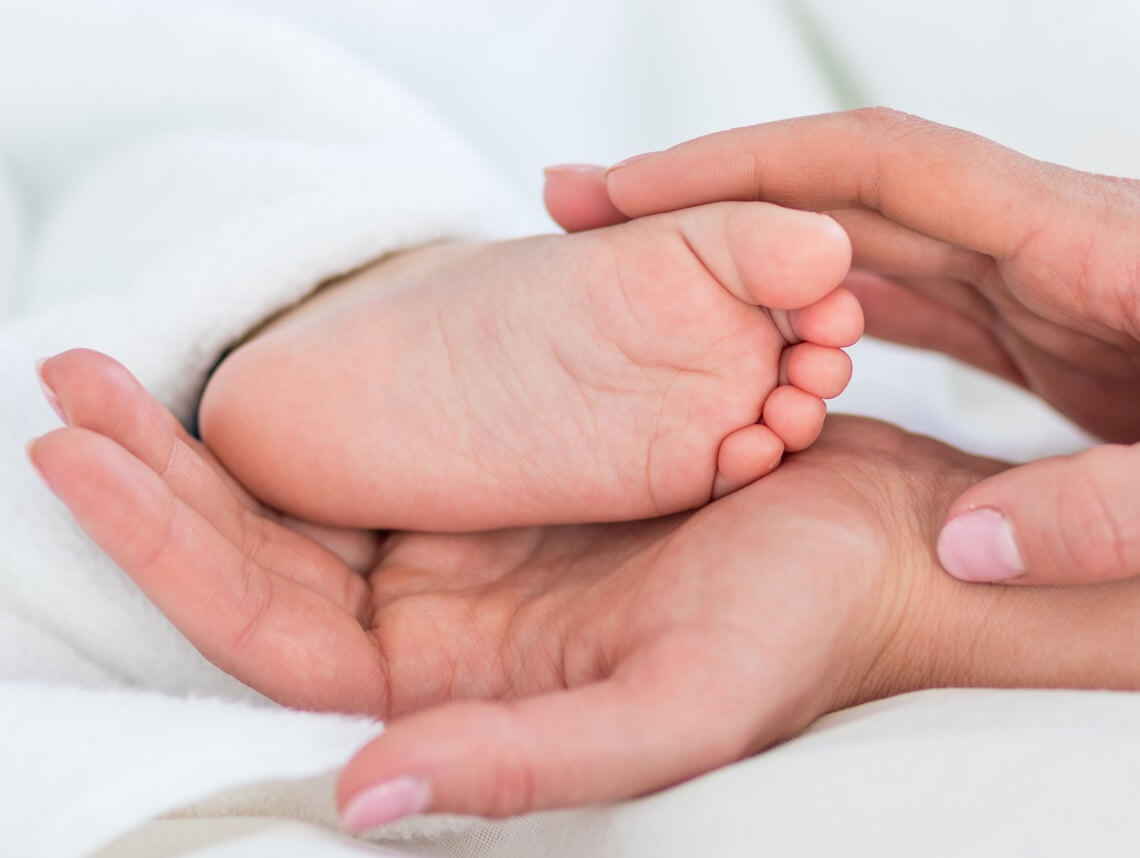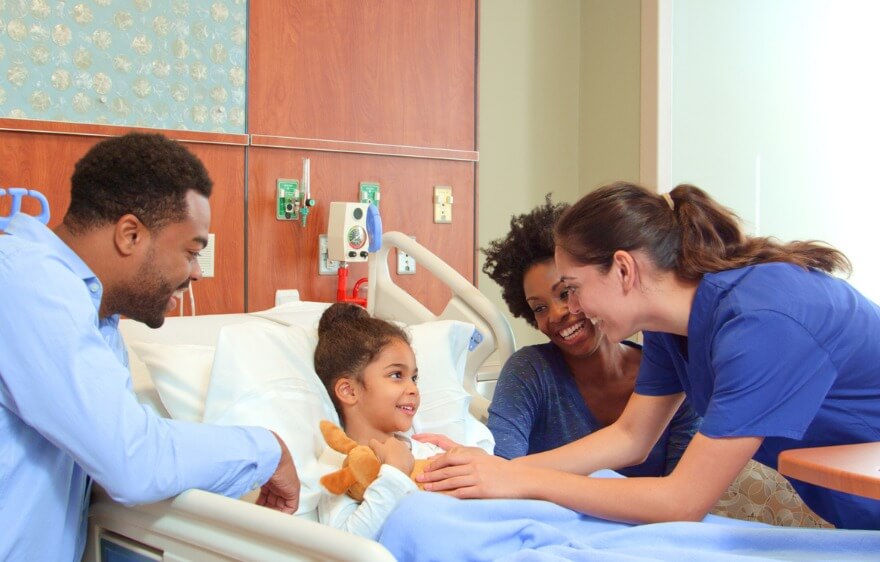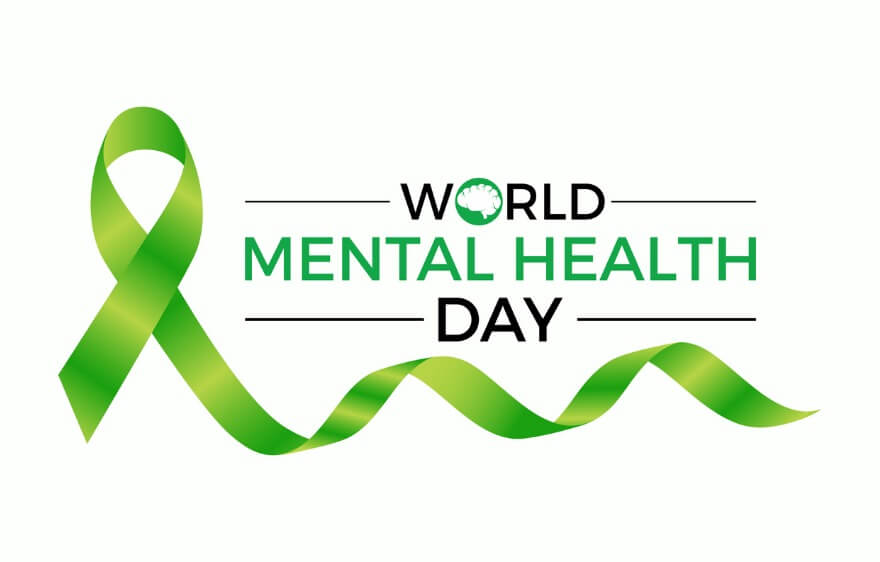One of the worst news a parent can receive is that their child has been diagnosed with a serious medical condition. You need time to assimilate the information, deal with the overwhelming sense of worry, and try to figure out the best way to move forward. Such is the case with Edward’s syndrome. Not only can the condition cause severe developmental delays, but it could also have an impact on your child’s lifespan. But, what exactly is it? What causes it? Are there any signs you should watch out for? And, if your child has already been diagnosed, what can you do to provide the best care for your baby?
What is Edward’s Syndrome?
At the moment of conception (when an egg and sperm join to form an embryo), their individual chromosomes combine — 23 from the egg and 23 from the sperm. Edward’s Syndrome (also known as trisomy 18) is a chromosomal abnormality that occurs when either the egg or the sperm had the wrong number of chromosomes — specifically, three copies of chromosome 18. There are three types of Edward’s syndrome:
1. Full Trisomy 18
This occurs when the extra chromosome exists in every cell of the child’s body. Since this is the most severe form of the syndrome, most babies with it won’t survive the entire pregnancy.
2. Mosaic Trisomy 18
The extra chromosome is located only in some of the child’s cells. This type of Edwar’s syndrome causes milder effects, depending on how many cells have the extra chromosome.
3. Partial Trisomy 18
This occurs when the child only has part of the extra chromosome. This modality of the condition rarely occurs. How it affects the child depends on which part of the extra chromosome is present in their cells.
Any type of Edward’s syndrome will disrupt the baby’s development while in the womb. In some cases, it can be life-threatening. In fact, many babies won’t survive past the second trimester of pregnancy.
For babies who are carried to term, the condition often results in serious health complications during their early years of life. In addition, babies born with trisomy 18 are routinely taken to the neonatal intensive care unit (NICU). Trisomy 18 occurs in about one in 5,000 live-born infants. It is more common in pregnancy; however, many affected fetuses do not survive to term. Although women of all ages can have a child with trisomy 18, the chance of having a child with this condition increases as a woman gets older. That being said, a small number of children born with trisomy 18 can live up to their 20s or 30s — albeit with developmental delays that prevent them from living independently.
Signs of Trisomy 18
Babies who are born with Edward’s syndrome have very obvious signs of the condition. The most common ones include:
- Low birth weight
- Low-set ears
- Small head
- Wide-spaced eyes
- A nose or nostrils that aren’t well developed
- Cleft lip and palate
- Small jaw
- Deformed chest
- Deformed feet
- Extra fingers and/or toes
- Overlapping fingers
- Weak cry
- Difficulties feeding
- Seizures
- Absence of one or both testes
- Birth defect with intestinal organs outside of the body
- Failure to thrive
- Small stature
- Drooping of the upper eyelid
- Episodes of not breathing
- Groin hernia
- Kidney defects
In addition, children born with the condition are often diagnosed with heart defects and/or malformation of the lungs, stomach, intestines, and kidneys. They also have severe intellectual disabilities and physical abnormalities.
How is Edward’s Syndrome Diagnosed?
If your doctor suspects trisomy 18 during a routine pregnancy ultrasound, they will order an amniocentesis (taking a sample of amniotic fluid) to analyze your baby’s chromosomes. If the child has already been born, the condition can be detected through a blood sample.
If you’ve previously had a child with Edward’s syndrome or if there’s such a history in your family, you can undergo genetic counseling prior to getting pregnant. This consists of reviewing your family’s medical history and conducting screenings to determine the probability of passing a genetic disorder to a future child.
Caring for a Child with Edward’s Syndrome
1. Gather a Team of Caregivers
Taking care of a child with trisomy 18 requires an entire team of individuals. This can include specialists, such as pediatricians, genetic counselors, occupational therapists, physiotherapists, and speech pathologists.
2. Acquire Supportive Medical Care
Depending on the type of trisomy 18, your child may need artificial assistance for breathing and feedings. Talk with their medical providers for options and with your health insurance provider for coverage.
3. Provide Around-the-Clock Care
Your child will need constant monitoring and supportive medical care to improve their quality of life. In addition, all babies born with trisomy 18 will have a learning disability. Therefore, if they make it to school age, they will need support there as well.
4. Take Care of Yourself
It’s crucial to be aware your child may not live past their first few months or years of life. It’s beneficial to have a good support network, such as family, friends, mental health professionals, and support groups.
Schedule Your Child’s Care Assessment Today
At Care Options for Kids, we understand the unique challenges of caring for a child with basic to medically fragile health conditions. Our dedicated team of pediatric home health care nurses are here to support your family with compassionate, expert care tailored to your child’s needs. Contact us today to schedule an assessment and learn how we can help you navigate this journey with confidence and care.
Click here to start your journey to better care.






